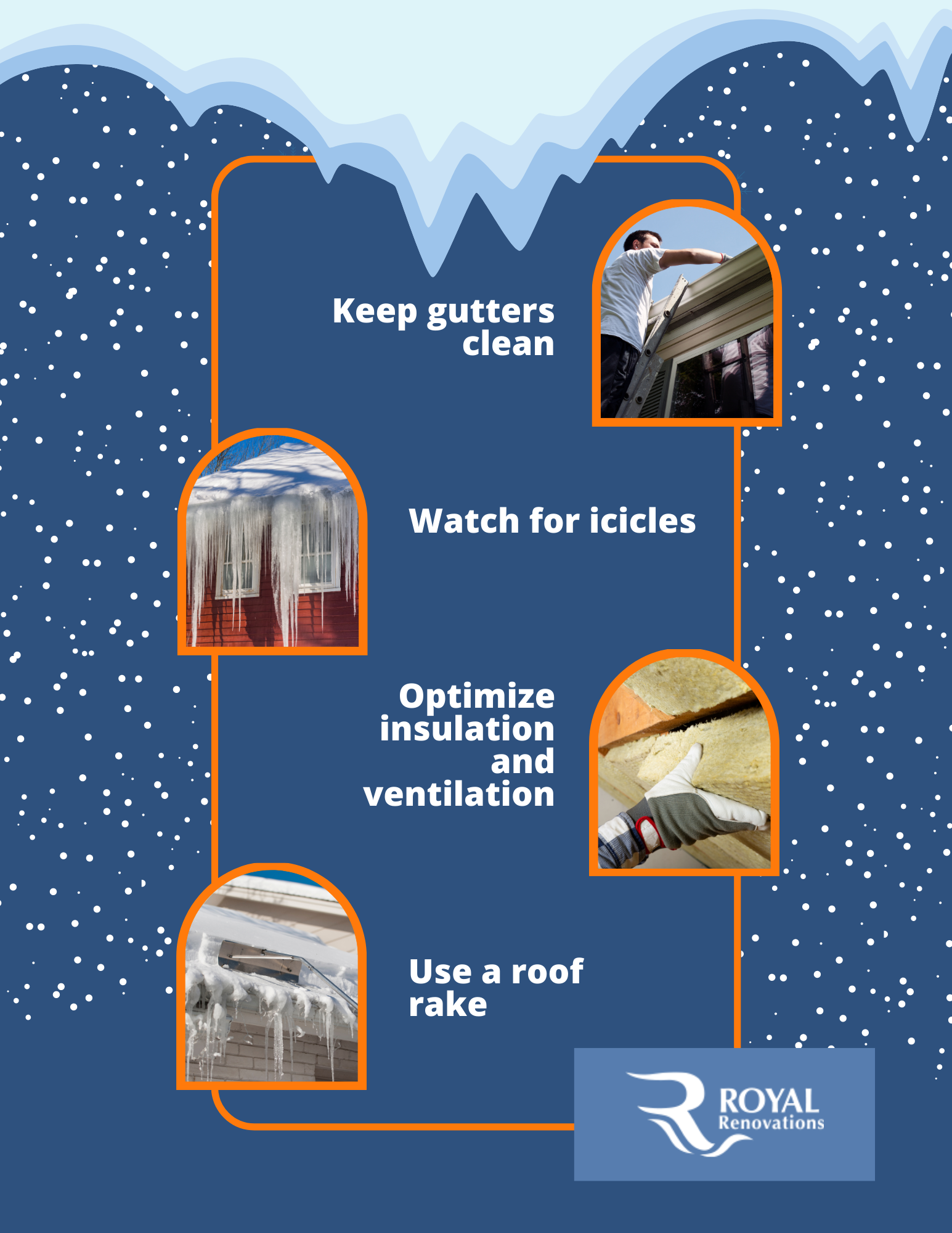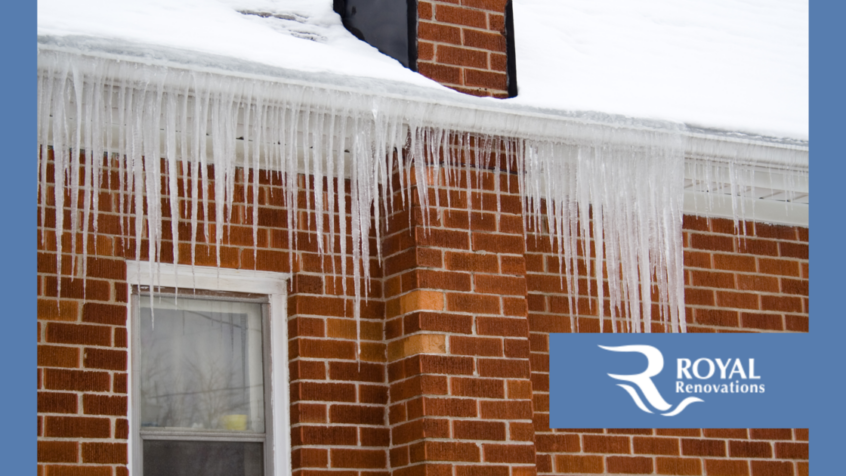The winter season brings many weather-related challenges to homeowners. Ice dams are one of these issues. Read on to find out what you need to know about preventing ice damming and the importance of using roof rakes.
What Are Ice Dams?
An ice dam is a large collection of ice that forms on a roof’s edge. These ice masses commonly form in winter after a large amount of snow has built up on the roof. The snow melts during warmer daytime temperatures and then freezes at night when the temperature decreases, creating ice dams.
Ice dams can be a severe issue for homeowners. These massive blocks of ice often weigh several hundred pounds, stressing the roof’s eaves. Water melting from the ice dams can also run beneath the shingles and get into the house. Once water is inside, it can cause significant water damage to the ceiling, walls, and other parts of the home.
Preventing Ice Damming
Ice dams can be a horrible problem. If you’re wondering how to avoid them, know that you can take several steps to prevent ice damming from occurring. Here are some tips for preventing ice damming:

Keep Gutters Clean
Keeping your rain gutters clean is crucial in avoiding ice dams. When channels are free of debris like fallen leaves and sticks, water from melting snow can flow through the gutters and into the home’s downspouts. Melted snow must be directed off the roof instead of gathering at the edge, or else it can quickly form an ice dam.
Watch for Icicles
Keeping your gutters and downspouts in working order isn’t just about ensuring there are no leaves in the gutters. Another vital part of winter home maintenance is clearing snow and icicles from the gutters and downspouts as soon as they form. Clearing gutters will help you stay on top of ice buildup and reduce your chances of water damage.
Optimize Attic Insulation and Ventilation
Steps can be taken inside and outside the home to prevent ice dams. Improper insulation and ventilation can cause temperature changes that contribute to melting and water damage. If an attic has adequate insulation, it keeps heat from escaping and causing the ice to melt. Optimal ventilation allows cold air to circulate continuously beneath the roof, which helps stop the cycle of freezing and thawing before it begins.
The Importance of Roof Rakes
While you can keep your gutters clear and ensure your attic is prepared, you can’t keep snow from falling in winter. That’s why snow roof rakes are another essential tool in preventing ice damming. Roof rakes help homeowners stay on top of snow removal and minimize damage from ice dams.
Snow rakes for the roof are a safer way to remove snow. Instead of climbing on top of your roof after a snowstorm, which is very dangerous, roof rakes allow you to clear snow while staying safely on the ground. It’s critical to be aware of some guidelines for using roof rakes properly, including:
- Timing — Ice dams can form very quickly after a snowstorm, so remove snow after each storm instead of letting it pile up with multiple storms.
- Area — The most crucial area of the roof to focus on when using a snow roof rake is the four feet roof directly above the edge. This lower part of the roof is where ice dams are most likely to form, so keeping it clean should be a top priority.
- Pressure — Pressing down too hard with a snow roof rake can cause shingle damage, so it’s essential to press down with your rake lightly when removing snow.
Rely on Royal Renovations
In the winter season, damage from ice damming and snowstorms can occur despite your best efforts. If your home has suffered water damage, Royal Renovations can help. Contact us today to find the help you need.

